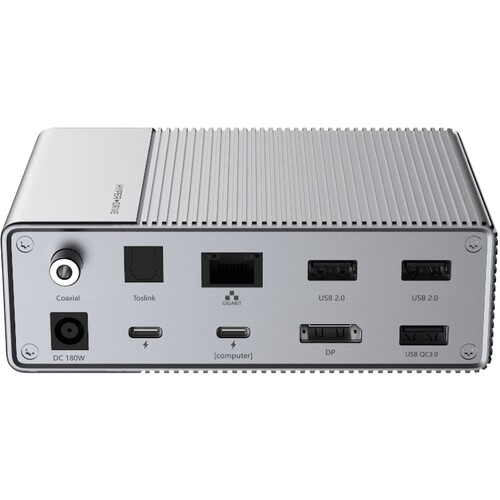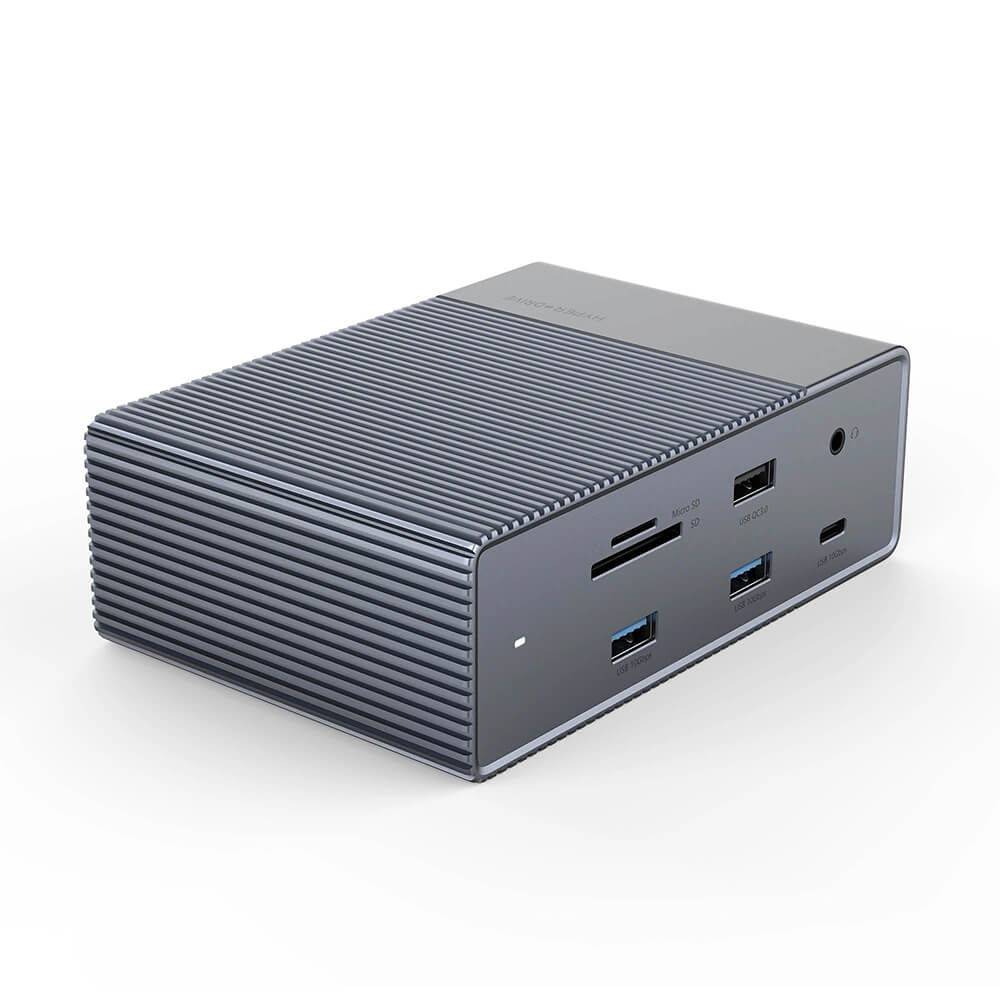

The video ports supported from one docking station to the next can vary though between DisplayPort, mini DisplayPort, HDMI, DVI, or VGA with resolutions up to triple 4K 60Hz. Video output on docking stations is standard, often supporting one or more monitors.

Unlike most hubs, docking stations are plugged into the wall, so they can provide power to both your laptop (up to 100W depending on the model) and peripheral devices. Most docks offer four to eight USB-A and two to four USB-C ports with fast charging each independently powered by the dock itself, instead of your laptop. A docking station connects via Thunderbolt 4, Thunderbolt 3, USB-C or USB-A and provides workstation power for your entire setup. Keeping Your Desk Secured and Organizedĭocking stations expand the functionality of your portable device, transforming it into a desktop replacement.This guide will walk you through the differences between hubs and docking stations, so you understand which one is right for you. With today’s modern technology, you should be able to connect all your devices, charge your phones, and use an external monitor. It keeps the device’s form factor slim, light-weight, and easy to travel with, but you’re often left unable to connect peripherals to your computers. Laptop and 2-in-1 computers have been streamlined down to Thunderbolt 3 and USB-C connectivity ports. Both are valuable tools for today’s technology, but they each have a unique use. Many have overlapping functionality and they often look alike. It can be hard to tell the difference between hubs and docking stations. There are more options than ever to connect computers to monitors and other devices. A dock is like adding a second engine to your computer. They work like power strips for your computer.ĭocking stations are plugged into the wall and transform your portable device into a desktop replacement.

Hubs expand the number of ports on your device to connect and/or charge another peripheral.


 0 kommentar(er)
0 kommentar(er)
